Act Locally: How to help wetlands work for you
Canada’s farmlands are best known for flourishing fields and pastoral pastures. But more and more, you’ll also see a resurgence of a different, and equally beneficial, type of landscape —wetlands, brimming with native plants, animals and insects.
ALUS is helping drive this comeback. The organization supports a community-developed and farmer-delivered program to produce, enhance, and maintain ecosystem services [a term for the benefits to humans that come from nature] on agricultural lands across the country. And much of this work involves the creation and revitalization of wetlands.
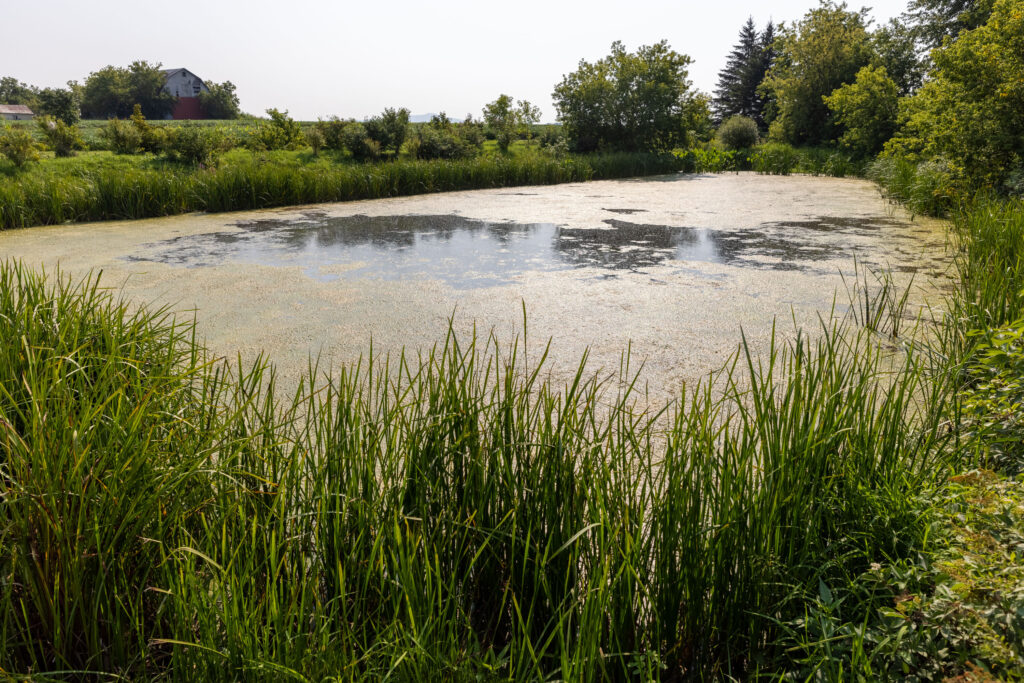
But what specifically makes wetlands so wonderful? How can they make your own property more resilient to climate change and hospitable to wildlife? And what should you know before planning a pond or rebuilding a bog?
We wade into it with Alyssa Cousineau, ALUS’ Senior Hub Manager, Great Lakes.
What kind of work do you do with wetlands at ALUS?
Our work with farmers and ranchers involves restoring shallow, open-water wetlands. We plant aquatic vegetation to create swamps, marshes and ephemeral wetlands [areas that only temporarily hold water, primarily in spring and early summer or after major rainfalls] as well as water- and sediment-control basins [excavated areas with control structures to slow rain runoff coming off the field]. We also restore riparian areas adjacent to drains, creeks, lakes, and wetlands.
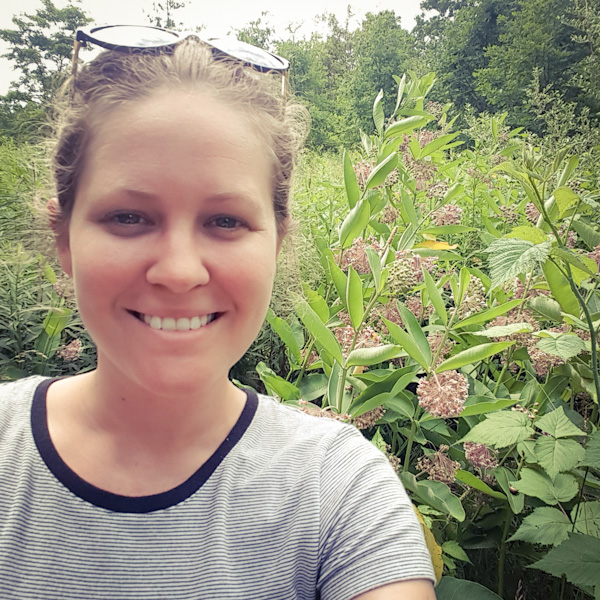
Many of the farmers and ranchers we work with have areas on their farm that are more suitable for production of ecosystem services [than other uses] because they are on the margins of a property or environmentally sensitive.
This might be an area where equipment or animals cannot get on the land until late in the year, due to water in the field, spaces with higher erosion rates, due to overland runoff of rainwater from the field, or a small field that is hard to access with newer, larger equipment. All these areas might be more suitable for a wetland than their current use.
What are the benefits of encouraging healthy wetlands?
There are so many! On a farm or ranch, wetlands help control water coming off fields, which reduces the likelihood of erosion. They mitigate flood risk by reducing water sent downstream while also protecting against drought by holding water when conditions are dry.
In addition, wetlands provide important nutrient-cycling services to reduce the amount of nitrogen and phosphorus going into local watercourses from farm fields, which also enriches the surrounding soil. The plants that surround wetlands capture carbon and store it within the soil, long-term. Finally, wetlands improve watershed health and local drinking water by filtering out nutrient runoffs and pollutants like fertilizers and pesticides before they flow downstream into our lakes and produce algal blooms which can be harmful to wildlife and people.
These ecosystem services actually have a huge value. In Ontario alone, estimates find that wetlands create billions in value annually.
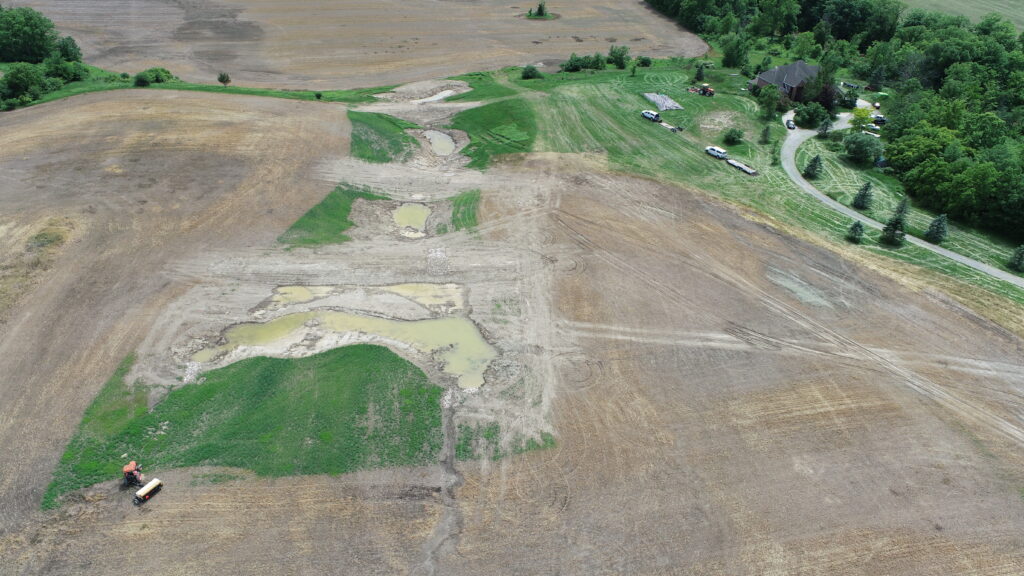
What about species? How do wetlands help birds, insects, and animals?
Wetlands support an array of wildlife, such as birds, amphibians and insects, including many pollinators and species at risk. That support is often in the form of providing foraging, breeding and nesting opportunities, essential habitat functions that are interlocking among the various species — some species being the source of nutrients for others! They can also support fisheries by providing habitat for fish spawning and nurseries.
What are some signs that a wetland area is not at optimal health?
In many of our projects, we restore wetlands on marginal farmland or enhance existing wetland habitats that are degraded. For restoration, we look for areas of a field that are inundated with water for significant portions of the year that can be excavated to create more water holding capacity. In those cases, that land probably isn’t functioning in what might be considered an optimal way.
An enhancement project will look for existing wetlands that have invasive species or significant sediment infilling. These areas could benefit from invasive species control or excavation to create a more desirable depth and vegetation density that allows that ecosystem. Both types of changes help that degraded ecosystem function more optimally.
Say individuals want to create or restore a wetland on our own land. What should we do?
It’s important to have a professional have a look before you do anything. In our work, we recommend a site visit from a local ALUS representative, conservation group and qualified wetland contractor to ensure the area meets the specifications of a wetland. We’ve created a guidebook that offers some useful advice.
What should we not do?
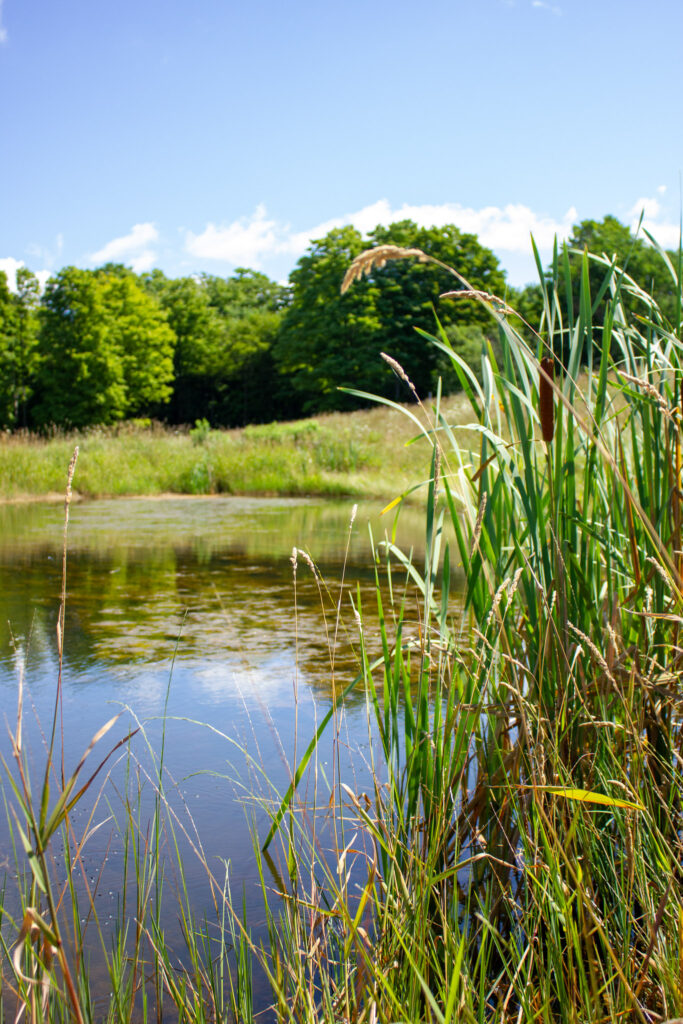
We see some common mistakes. People stock fish in a wetland that would not normally be a habitat for fish. They put an aerator in to increase oxygen to keep those fish. They dig a square pond, instead of a nicely sloped and contoured wetland as would occur naturally. We don’t recommend any of these approaches.
Do we need a huge amount of space for a healthy wetland?
Not necessarily! Research shows that many small wetlands are better than one large wetland. This approach better spreads the ecosystem services across the landscape by, for example, reducing nutrient [loss] at several points rather than just one point.
Just how small can we get, here? Can we put one in our backyards?
It depends. Wetlands can be less than half an acre in size and still provide many ecosystem services — a small area of habitat is better than none!
What are some misconceptions people have about wetlands on their properties?
I’ve heard people suggest that if a wetland is created by excavating the soil and creating more water holding capacity, then it will, in fact, result in more water on the land. This is false! In fact, the opposite will happen. A wetland can only capture what is already coming through the field. And [an excavated] wetland will hold water back, ultimately mitigating issues of flooding into adjacent fields and downstream — a huge benefit for landowners and the surrounding ecology.
Another misconception is that wetlands will lead to increased mosquito breeding, due to standing water. This, too, is false. As long as the wetland is naturalized with plants and functioning well, amphibians and insects like dragonflies that are associated with wetlands will help to keep the mosquito population down.
Let’s wrap up by talking maintenance. What are some things we can do to keep wetlands healthy on our near our properties, or in community spaces, like parks?
Don’t mow the plants along the edge of waterbodies, like ponds and marshes. Leave native plants like shrubs, trees, wildflowers, and grasses on the edge of the riparian zone, and work to control any invasive species such as Phragmites australis [or common reed] with the help of a local conservation group.
If you don’t have native plants along the edge of your wetland or pond, plant species sourced from local native plant nurseries, including (depending on your location) species like riverbank wild rye, evening primrose, blue vervain, swamp milkweed, great blue lobelia, and wild bergamot.
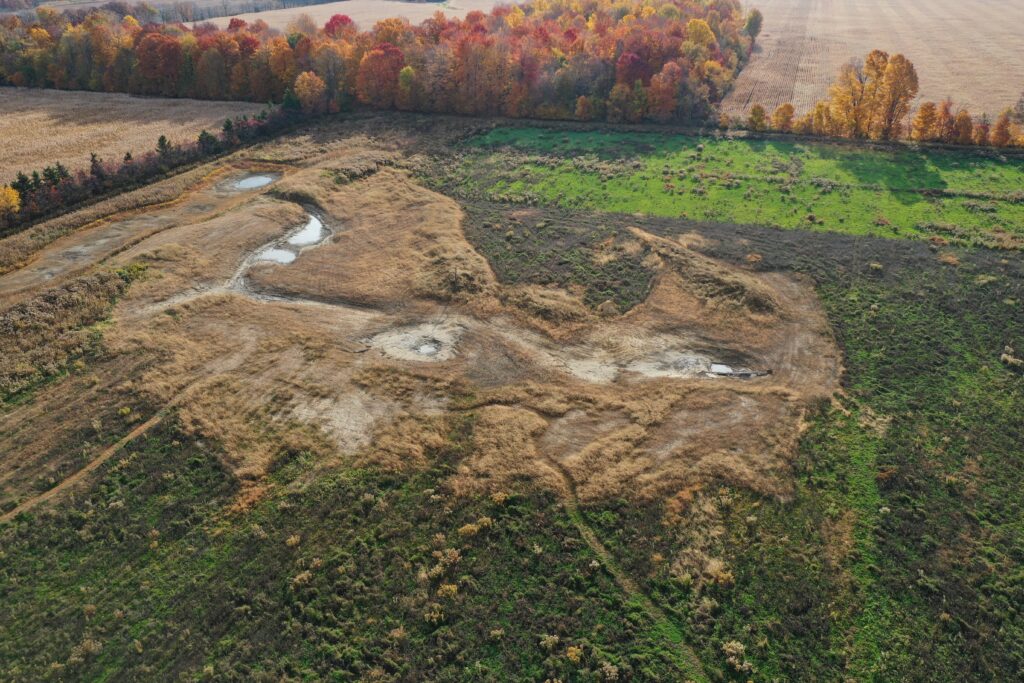
ALUS is one of six organizations currently supported by WWF-Canada’s Nature and Climate Grant Program, presented in partnership with Aviva Canada, and Act Locally is a blog series about how you can apply the nature-based climate solutions used by our NCGP participants to your own life.
See more in our Act Locally series:
- How to de-pave your property
- How to make your yard more nature-friendly with native shrubs
- How to help nature by preventing erosion in your community

